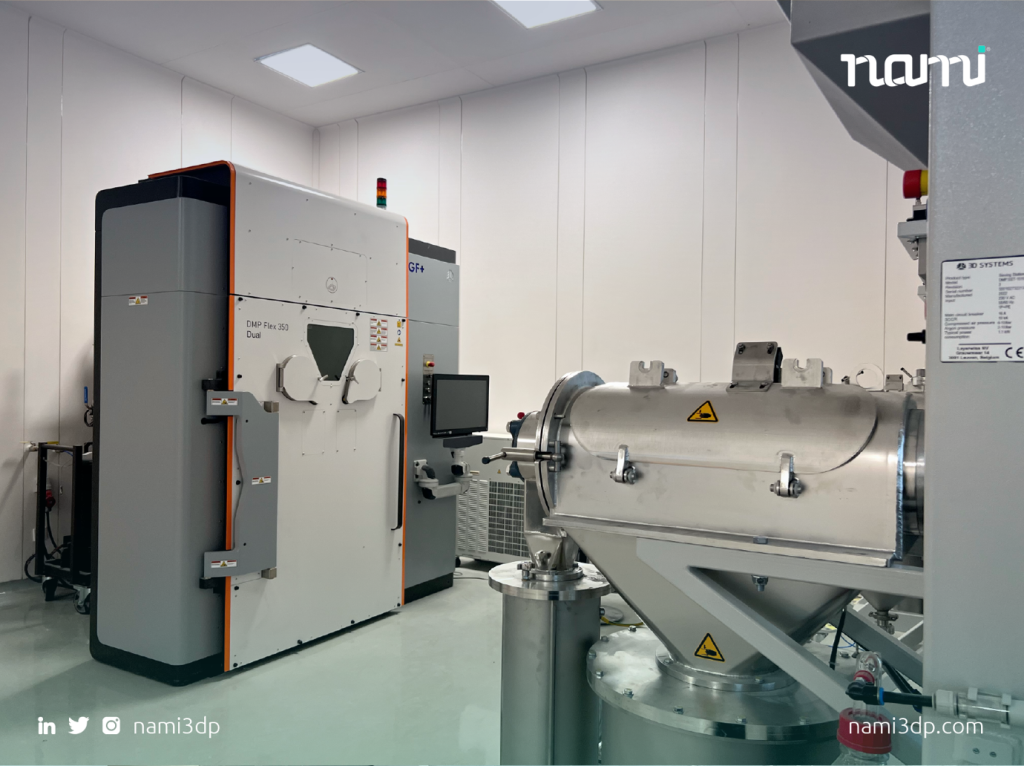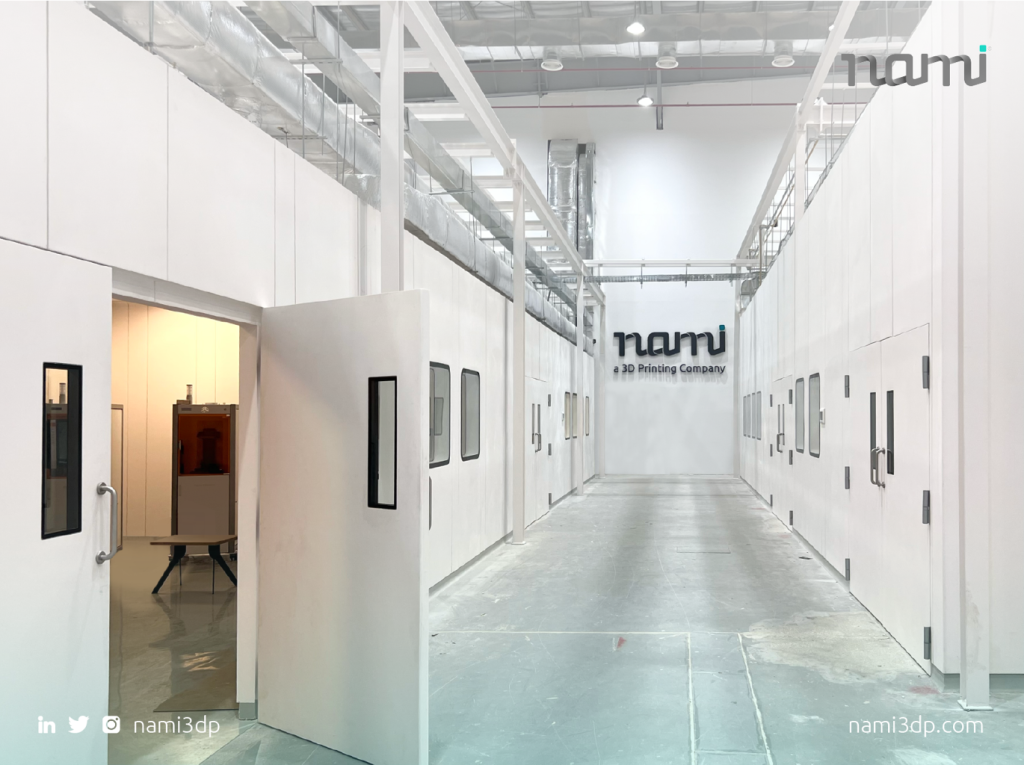Join the Expert Committee for the 2024 3D Printing Industry Awards to help select the winners!
3D Systems and Dussur’s joint venture National Additive Manufacturing & Innovation Company (NAMI) has acquired the DMP Factory 500, DMP Flex 350 Dual, and SLS 380 3D printers to bolster its partnership with the Saudi Electricity Company (SEC).
NAMI has partnered with SEC to implement a digital spare parts inventory system, aiming to enhance efficiency and reduce storage costs. By utilizing 3D Systems’ 3D printing technologies, including metal and polymer capabilities, the initiative seeks faster production of replacement components.
In addition, the collaboration will also explore “NoSupports” printing techniques from 3D Systems’ Application Innovation Group (AIG) to optimize the printing process, potentially saving on physical storage space and operational expenses for SEC.
“Since NAMI’s inception, we have made significant progress in expanding the use of additive manufacturing within the region,” said Mohammed Swaidan, CEO of NAMI. “Our collaboration with SEC reinforces our commitment to address the energy sector, and 3D Systems’ technology and applications expertise form the foundation of a transformative solution. The work we are doing with SEC will not only enhance the reliability of SEC’s supply chain but also drive substantial cost efficiencies and operational improvements.”

Targeting AM growth in the Saudi energy sector
Last year, NAMI announced its presence as a service bureau in additive manufacturing, supporting Saudi Arabia’s Vision 2030. The company was established under the National Industrial Development and Logistics Program (NIDLP) pillar to diversify the economy and reduce oil dependence.
Launched in November 2022, NAMI’s equipment includes advanced 3D printing systems for producing high-quality parts in various materials. Serving clients like Aramco and SABIC, NAMI aims to expand into the aerospace, defense, healthcare, and automotive sectors, promoting sustainable manufacturing and positioning itself as a regional leader.
According to a report, referenced by 3D Systems, the AM market in the energy sector is projected to grow from $2.6 billion in 2023 to $17 billion by 2032. Reji Puthenveetil, EVP of Additive Solutions And Chief Commercial Officer at 3D Systems stated that the company’s AM solutions have proven effective in improving supply chain efficiency and accelerating innovation across various industries.
He emphasized that the combination of reverse engineering designs for obsolete parts and additive manufacturing helps extend the uptime and life of equipment. Puthenveetil highlighted that NAMI’s engineering and application capabilities and 3D Systems’ AM platforms will be valuable tools in collaboration with SEC. He expressed anticipation for the benefits this collaboration will bring to SEC and its customers.

Developments in spare parts production
The European Parliament has provisionally agreed on regulations enhancing consumers’ right to repair, mandating affordable spare parts and tools, unrestricted independent repairs, and improved consumer information. Additional rights include borrowing devices during repairs and accessing free online repair prices. EU member states must implement these measures within 24 months.
Additive manufacturing significantly boosts flexibility, efficiency, and sustainability in spare parts production. It enables on-demand customization, replication of obsolete parts, and reduces lead times, aligning well with these regulatory goals. AM is increasingly adopted across industries to meet specific spare parts needs efficiently.
In line with this, French AM startup Spare Parts 3D (SP3D) and SENAI CIMATEC partnered to improve access to AM in Brazil, focusing on efficient spare part production. In doing so, the company aims to streamline manufacturing practices by utilizing SP3D’s inventory analysis and SENAI CIMATEC’s 3D printing capabilities with various materials. This collaboration aims to facilitate Brazilian companies’ transition to Industry 4.0, offering tailored AM solutions to reduce delivery times and environmental impact.
Recently, UAE’s Immensa and DNV unveiled the “world’s first” global guideline for digitizing spare parts amid growing supply chain challenges, including geopolitical tensions and climate impacts. Aimed primarily at the energy sector, which spends over $90 billion annually on spare parts, the guideline promotes on-demand 3D printing of digital inventories to enhance supply chain resilience.
Immensa CEO Fahmi Al Shawwa views this as pivotal for regional growth, supporting a $91 billion global market. Developed with DNV over five months, this guideline addresses significant losses and aims to boost industry competitiveness globally.
What 3D printing trends do the industry leaders anticipate this year?
What does the Future of 3D printing hold for the next 10 years?
To stay up to date with the latest 3D printing news, don’t forget to subscribe to the 3D Printing Industry newsletter or follow us on Twitter, or like our page on Facebook.
While you’re here, why not subscribe to our Youtube channel? Featuring discussion, debriefs, video shorts, and webinar replays.
Featured image shows NAMI facilities in Saudi Arabia. Photo via NAMI.



